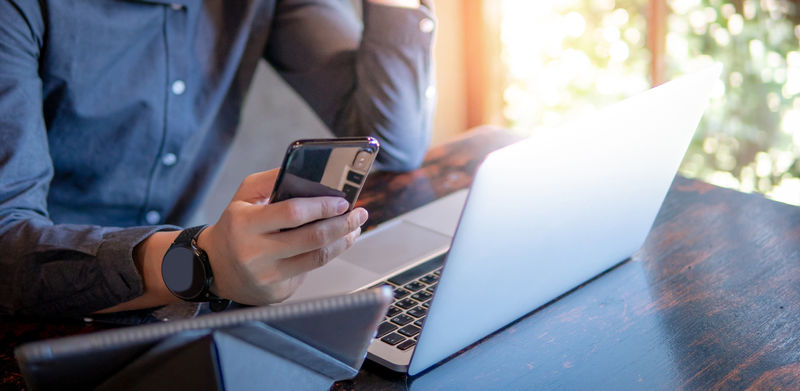Thomson Reuters Authenticator will soon be enhanced to eliminate your new phone blues and make multi-factor authentication (MFA) easier and better for you.
Your firm has taken steps to secure your (and your clients’) data, including implementing multi-factor authentication (MFA) for your Thomson Reuters software. You understand that cyber attacks continue against the tax and accounting profession, and that your business strategy needs to address these attacks. You know that the client data you hold is valuable, both to your clients and to the cyber criminals who want to use the data for identity theft, tax fraud and more – and you’ve done your due diligence to fight against these crimes.
But what if your phone (or other iOS/Android device) is unavailable to you? Does your business strategy include backup plans to ensure you have access to your CS Professional Suite and Onvio applications? Perhaps you’ve heard about alternate backup methods, such as printing your emergency codes or purchasing display cards as backups should something happen to your phone, but you haven’t yet made a backup plan. (If you’re unfamiliar with these options, check out Determining your primary and secondary MFA methods in our Help & How-To Center.)
And then something happens – your smartphone is lost or gets damaged, or you upgrade to a new device. Without these backup methods in place, you must work with your firm administrator or reach out to Thomson Reuters for help, adding an extra task to your day that you hadn’t anticipated.
It’s frustrating, we know.
You trust us to help you run your business. Security measures sometimes compete with simplicity, yet we want to find the right balance of both. After all, in a poll of 700 accountants, we found that 54% use MFA in their personal and professional life, 18% use it only for work, and 15% do not use it anywhere.
Multi-factor authentication enhancements to Thomson Reuters Authenticator coming soon
We’ve been listening to your feedback and have acted to address your concerns and improve your security experience. To that end, we’re very excited to announce an enhancement to the Thomson Reuters Authenticator mobile app that will help you transition to a new device.
With the upcoming version 3.0 release of Thomson Reuters Authenticator, you’ll have the ability to sync the MFA app with your iCloud or Google Drive cloud storage, enabling you to import your Authenticator credentials when you switch devices, so you don’t have to repeat the multi-factor authentication setup process on your new device.
Look for this update to the Authenticator app in the iOS App and Google Play stores later this week.
To learn more about this feature, see Enabling account recovery in Thomson Reuters Authenticator in our Help & How-To Center. For those of you who manage your firms’ IT decisions, the link also includes template text for helping explain the feature (and why it’s important) to your staff.
Also note that to help with implementing backup methods, we’ll be prompting you on new devices to generate your Emergency Access Codes. Please be sure to store the Emergency Access Codes in a safe place – check out Generating your own emergency access codes for multi-factor authentication.
On average, there are 4.3 ransomware attacks on businesses happening per minute, and security experts say that 25% of employees aren’t aware of the most basic threats to their organization, such as phishing and ransomware. While 13% of firms still deliver more than 50% of their clients’ tax returns via email, firms need to implement strong security measures to protect themselves and their clients, in addition to conducting regular training with their staff. Now more than ever, accounting and tax preparation firms need a solid security plan.
Multi-factor authentication is one part of that plan. We trust that you will keep telling us what you experience and what you need and trusting us to listen and act.









